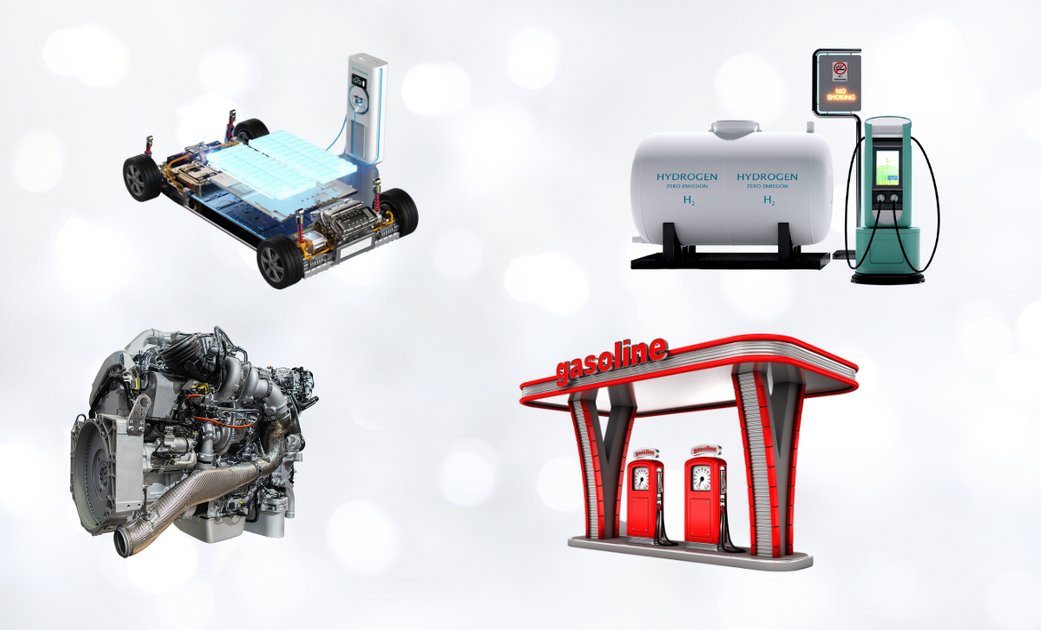
Most fuel and powertrain types that exist today will still gain a significant share of sales.
By 2030, over one in four new passenger cars sold will be an electric vehicle. But the same can’t be said about trucks, according to S&P Mobility.
According to data from S&P Mobility, no single fuel or powertrain type will account for the majority of sales in medium-duty (Classes 4-7) and heavy-duty (Class 8) trucks by 2050.

In Classes 4-7, S&P Mobility projects that BEVs will account for about 37% of total sales, followed by FCEVs at about 22%. HEV at 18%, diesel at 16%, and gas at 7%.
Source: S&P Mobility, data compiled Oct. 2023
Battery-electric trucks (BEV) will have a plurality of sales in the medium- and heavy-duty segments. However, six fuel and powertrain types — diesel, gasoline, compressed/liquid natural gas (CNG/LNG), hybrid-electric (HEV), fuel-cell electric (FCEV), and hydrogen/internal combustion engines (H2-ICE) — will maintain significant percentages of sales.
Growth Driven by Regulations
In the midterm, electrification growth will be primarily driven by the regulatory environment, with subsequent sales driven by lower costs for zero-emissions vehicles (BEV, FCEV, and H2-ICE) compared to gas- and diesel-fueled vehicles, according to S&P Mobility.

In Classes 4-7, S&P Mobility projects that BEVs will account for about 37% of total sales, followed by FCEVs at about 22%. HEV at 18%, diesel at 16%, and gas at 7%.
Source: S&P Mobility, data compiled Oct. 2023

